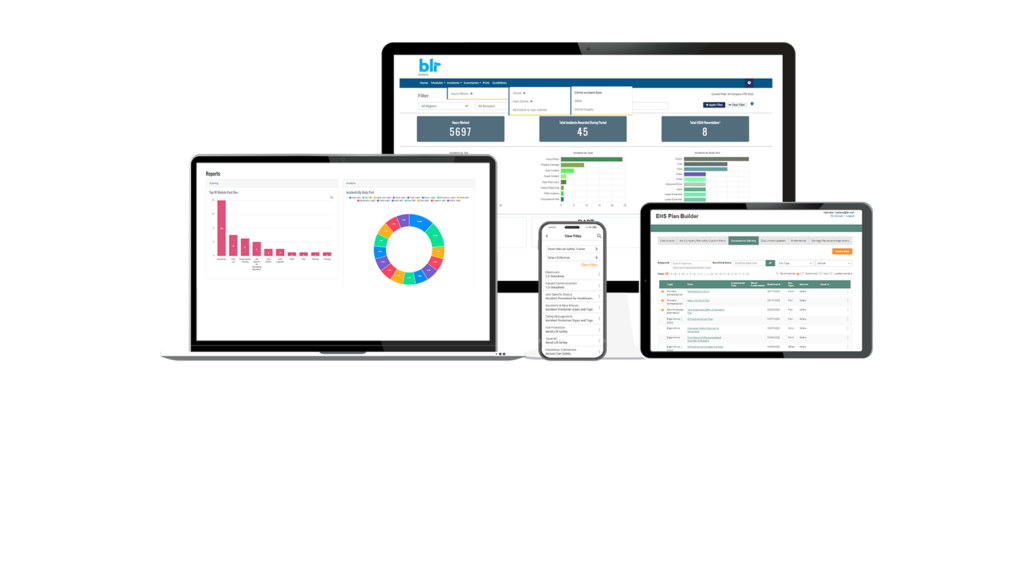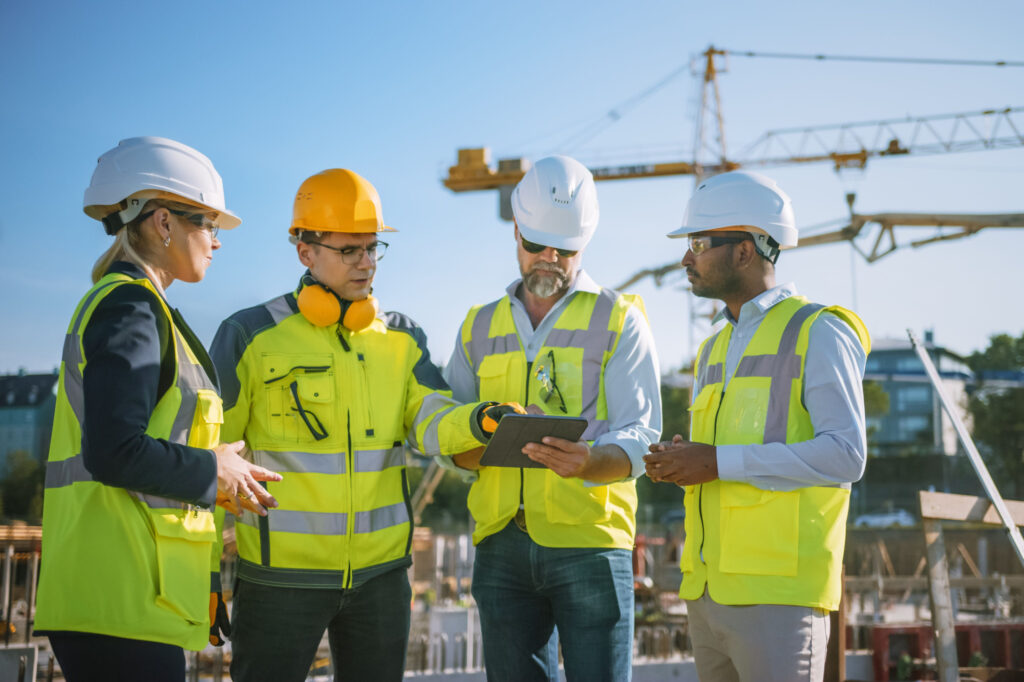
6 ways to help high-risk employees avoid accidents and injuries
Safety managers work diligently to ensure the safety and well-being of their people. But what about the workers with the most dangerous jobs? From powerline climbers to excavators to workers who brave hazards by themselves, there are quite a few jobs subject to disproportionate dangers.
According to the United States Bureau of Labor Statistics, nearly 1 in 5 workplace deaths occurred in the construction industry in 2021, and accounted for a whopping 46.2% of all fatal falls, flips and trips. Whether or not you’re in a construction field, many of the safety steps you’re already taking apply to your high-risk employees. Still, there are additional measures you should keep top of mind when it comes to helping your high-risk employees avoid accidents and injuries on the job.
1. Identify employees who encounter the highest number of safety-related incidents
As with any safety initiative, the right steps start with accurate data. To find the greatest sources of danger in your organization, start by identifying which employees are encountering the highest numbers of safety-related incidents. What you learn may surprise you. Once you identify which workers face the greatest risks, follow up with targeted safety initiatives. Extra training, support and additional personal protective equipment are great places to start. It’s also important to present these employees with resources that help them learn about their hazards before incidents occur.
2. Set personal protective equipment (PPE) requirements
Simply put, PPE should not be optional for workers that face safety hazards – particularly those in the highest-risk fields. Hard-hats, hazmat suits, hearing protection and even simple safety goggles should be mandatory in environments where relevant incidents may occur. PPE requirements aren’t just for workers, though. It’s just as crucial to create policies regarding your company’s responsibility to inspect, update and replace safety equipment on a regular basis. The same is true for vehicles and other machinery that, when damaged, create unnecessary risks for employees.
3. Regularly conduct hazard inspections
Identifying high-risk workers is a great start, but it doesn’t provide all the information you need. Whether you’re opening new worksites or continuing work at existing facilities, you need to conduct regular hazard inspections. Just because a hazardous area hasn’t yet become a source of accidents doesn’t mean it never will.
4. Take your time when setting up new worksites
To eliminate some sources of hazard altogether, take the necessary time to set up worksites as safely as possible. Trenches and excavation sites should be properly planned and carefully created with appropriate slopes and exit sites. Scaffolding also needs to be erected with care and routinely inspected and maintained. These measures take time, but they’re well worth the investment. You’ll not only create a safer workplace; you’ll lower costs through reduced worker’s compensation claims and greater productivity.
5. Accountability is key
Even the best safety policies can’t keep workers safe in all cases. Fortunately, you can help employees help each other by encouraging accountability among your teams. A buddy system can dramatically decrease accidents among employees who typically work alone. Roll call, regular check-ins and other simple measures can likewise assist in accident prevention.
6. Conduct regular safety trainings
Last but certainly not least, one of the best ways to help high-risk workers is to conduct additional safety training on a regular basis. New and old employees alike may need frequent reminders, and your inspections and data analysis will constantly uncover new sources of danger. With the right EHS management solution, creating courses and tracking employee progress is a breeze. To learn more about how you can help high-risk employees, organize safety-related documentation and reduce related costs, schedule a consultation here.



